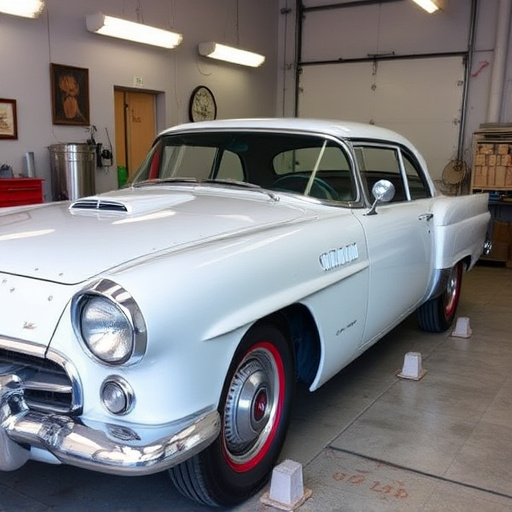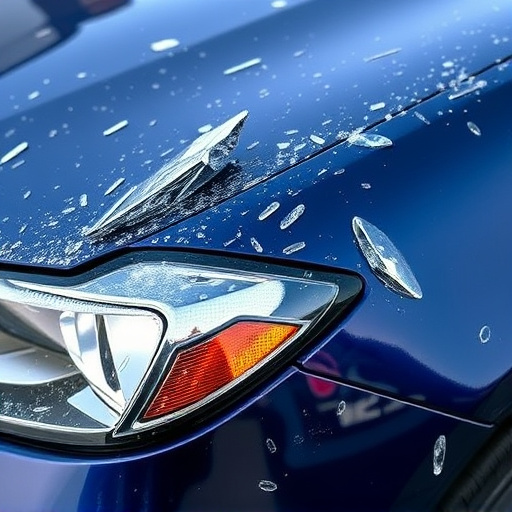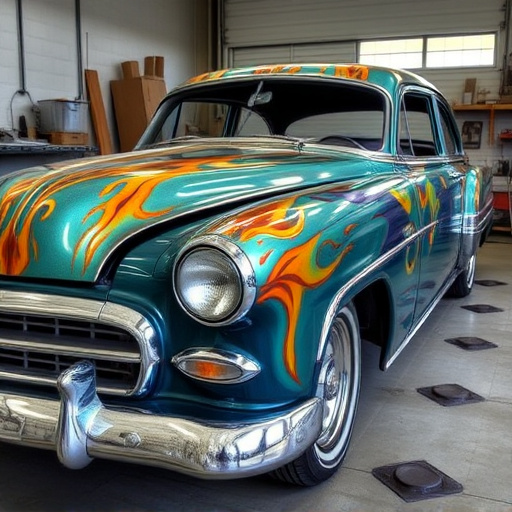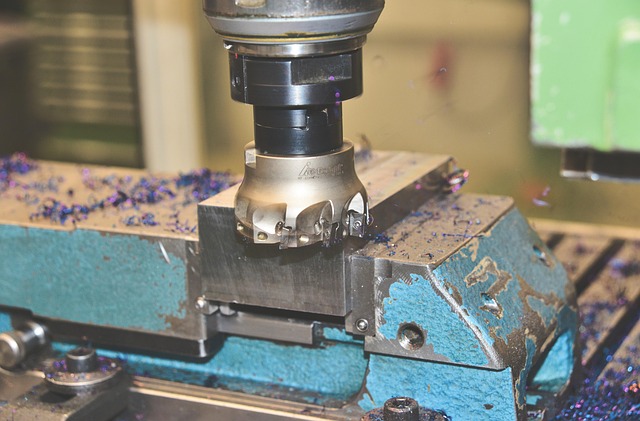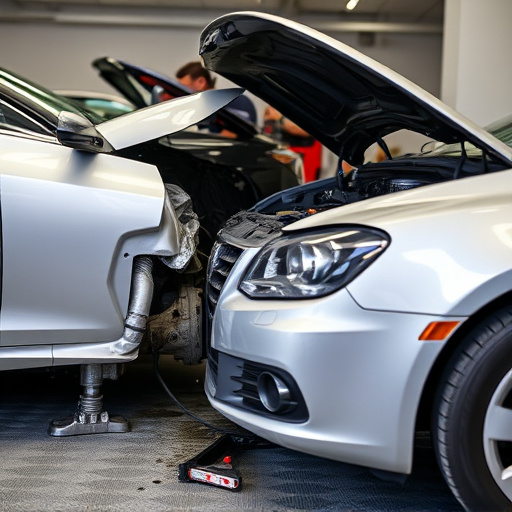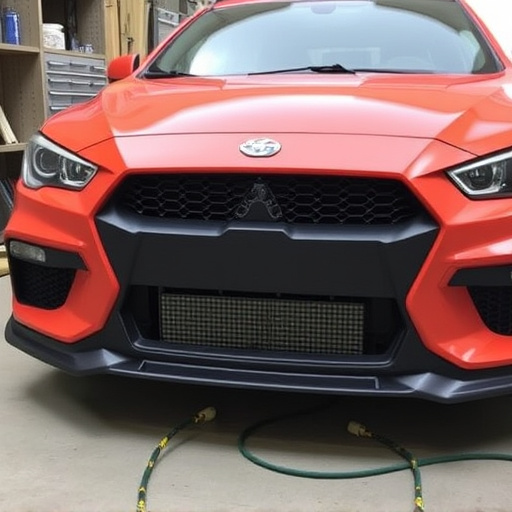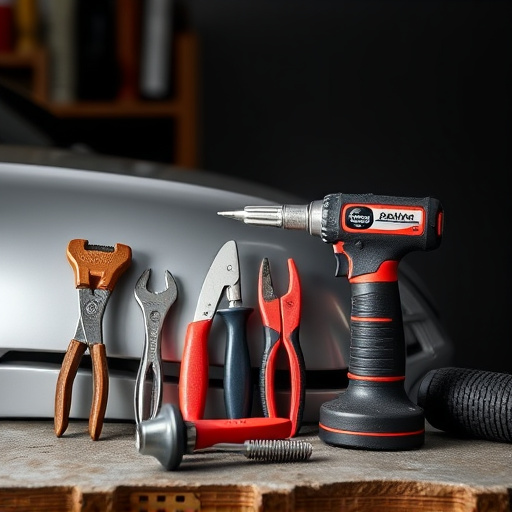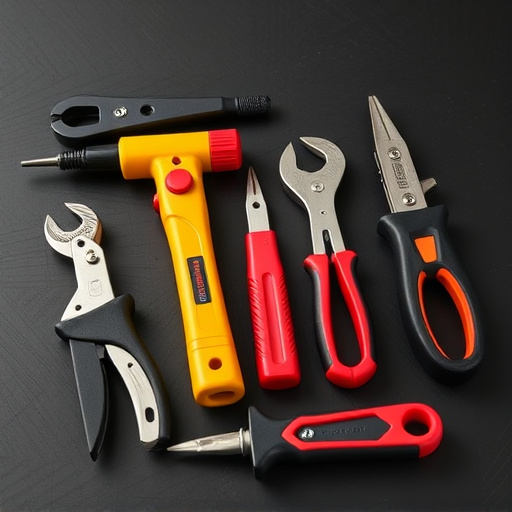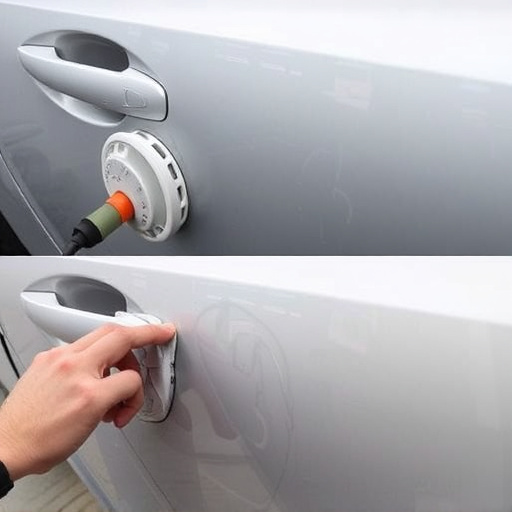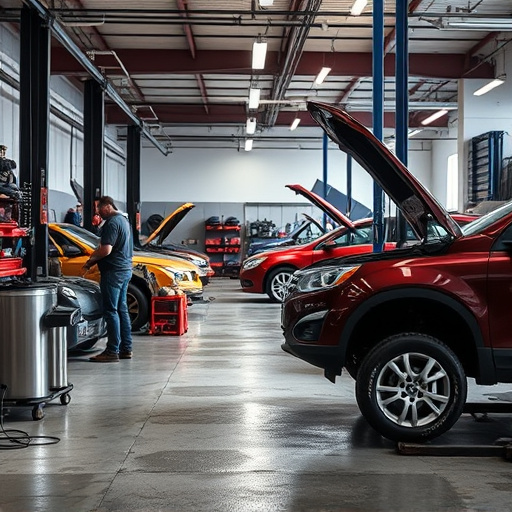Antique auto restoration is an eco-friendly practice that conserves historical materials and resources by using original or reproduced parts, reducing waste and minimizing the demand for new manufacturing. Restorers adopt green techniques, including laser welding, CAD technology, and water-based coatings, to precisely repair and revive classic vehicles while preserving their original charm and historical value. These efforts contribute to sustainability and keep the art of antique auto restoration alive with a reduced carbon footprint.
Antique auto restoration isn’t just about breathing new life into vintage vehicles; it’s a harmonious blend of preserving history and promoting eco-friendly practices. By focusing on reusing historic materials and conserving precious resources through antique parts, restorers are reducing waste and minimizing the environmental impact. This article explores these sustainable approaches, highlighting how antique auto restoration contributes to a greener future while honoring the past.
- Reusing Historic Materials: A Sustainable Approach
- Conserving Resources through Antique Parts
- Eco-Conscious Practices in Auto Restoration Techniques
Reusing Historic Materials: A Sustainable Approach

The art of antique auto restoration goes beyond mere aesthetics; it’s an eco-conscious practice that respects and preserves history. One of its key sustainable aspects lies in the reuse of historic materials, a strategy that minimizes waste and reduces the demand for new resources. Old car bodywork, often considered scrap, finds new life as artisans carefully repair and revive these classics, ensuring their longevity once more.
This approach extends to various components, from intricate metalwork to vintage fabrics. Skilled restorers meticulously salvage and refurbish these elements, making them suitable for modern standards while maintaining their original charm. By embracing car restoration and repair services, we not only give new purpose to materials but also reduce the environmental impact associated with producing new parts, thereby contributing to a greener future.
Conserving Resources through Antique Parts
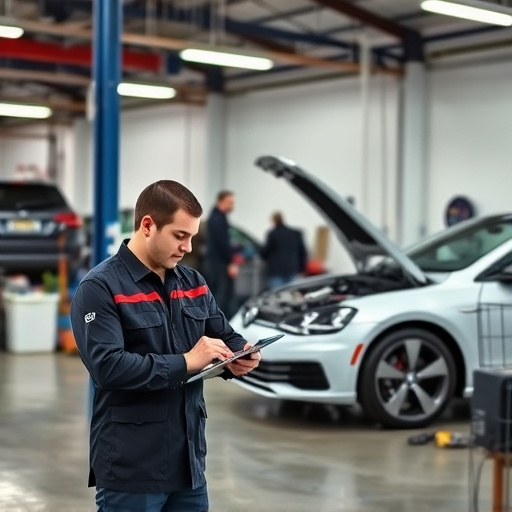
Antique auto restoration offers a unique approach to conservation that indirectly supports eco-friendly practices by preserving historical resources and materials. Many antique vehicles are restored using their original parts, reducing the demand for new manufacturing. This practice conserves valuable natural resources and minimizes waste generated from producing new components. It also helps preserve rare or endangered materials that might be used in vintage car parts, ensuring they remain available for future restoration projects.
By opting for authentic or reproduced antique parts over modern substitutes, auto collision centers and dedicated restorers contribute to the sustainability of our planet. This method not only maintains the originality and historical value of the vehicles but also reduces the carbon footprint associated with manufacturing new auto parts. It’s a harmonious blend of preserving the past and practicing responsible environmental stewardship, all while keeping the art of antique auto restoration alive.
Eco-Conscious Practices in Auto Restoration Techniques

In the realm of antique auto restoration, eco-conscious practices are not just a trend but a fundamental aspect of preserving our automotive heritage sustainably. Restorers are increasingly adopting techniques that minimize environmental impact while bringing classic vehicles back to life. Instead of relying solely on traditional methods, which often involve toxic chemicals and energy-intensive processes, restorers are embracing green alternatives. For instance, using eco-friendly cleaning solutions and water-based coatings reduces the release of harmful substances into the atmosphere.
One innovative approach involves utilizing advanced technologies for dent repair and frame straightening, such as precision laser welding and computer-aided design (CAD). These methods not only ensure structural integrity but also minimize waste generation compared to conventional metal fabrication. Moreover, restorers are proficient in car scratch repair using specialized paints and techniques that match the original factory finishes perfectly, thus avoiding the need for costly and wasteful repainting processes.
Antique auto restoration is not just a labor of love; it’s an eco-friendly practice that preserves historical materials, conserves resources, and promotes sustainable transportation. By reusing historic components and adopting conscious restoration techniques, restorers contribute to a greener future while keeping vintage vehicles alive. This harmonious blend of tradition and sustainability ensures that antique autos continue to be treasured for their cultural value and environmental responsibility.
